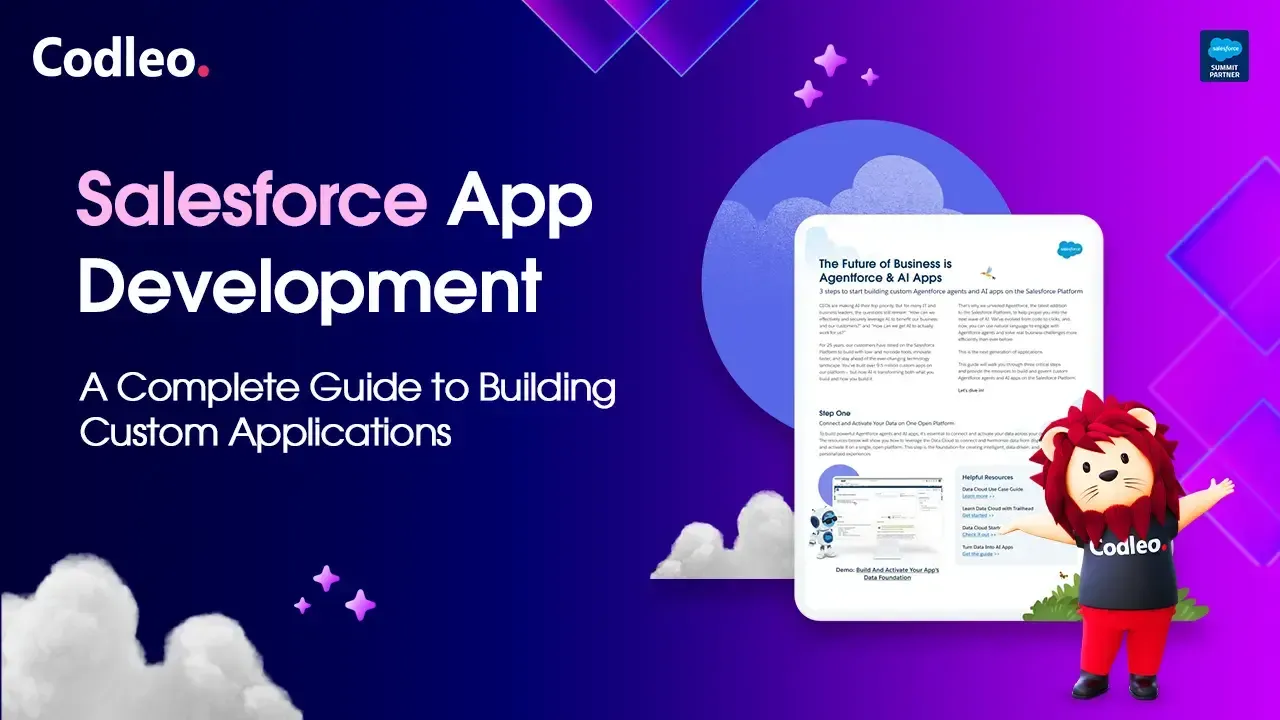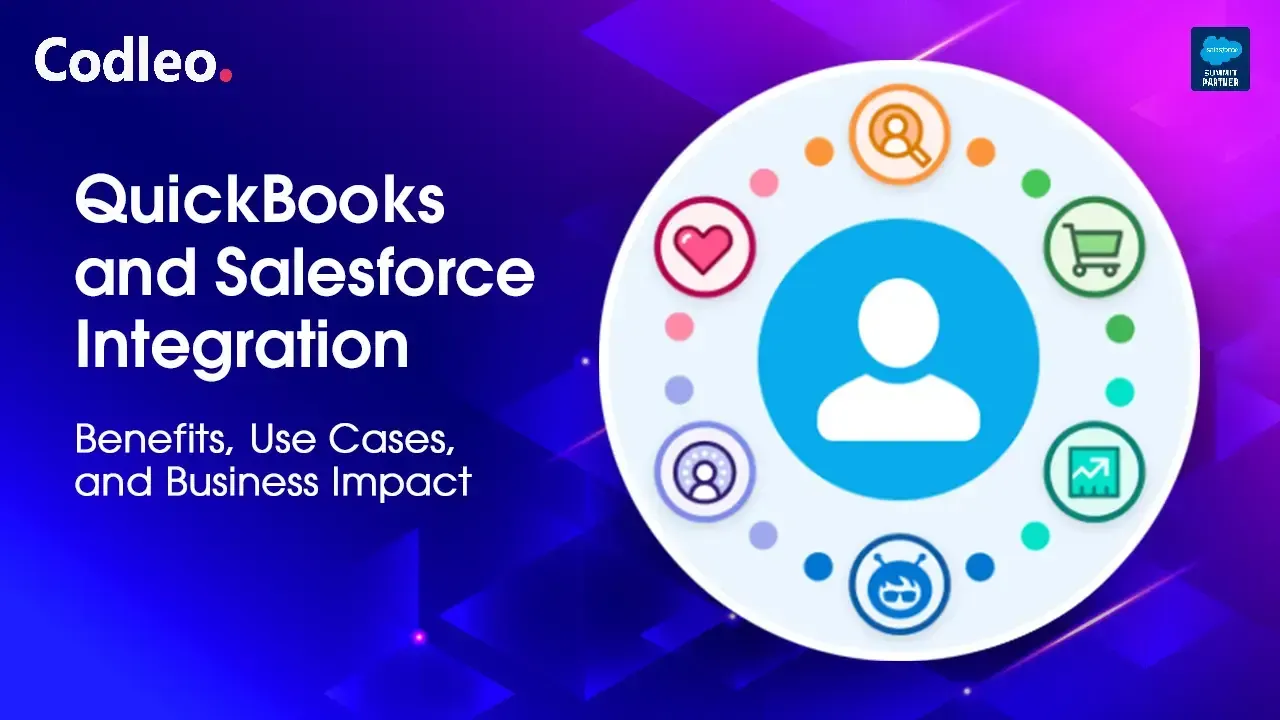Publish date:
"There are two types of people who will tell you that you cannot make a difference in this world: those who are afraid to try and those who are afraid you will succeed."—Quote by Ray Goforth.
When companies set forth on IT projects, they could be setting themselves up for failure if one gets lost in features & functionalities. Since a company will only end up using a few functionalities on a regular basis, it is best not to get bogged down in this aspect. While shopping for IT products, selection should be based on functionality, affordability, and technical features. If your shortlisted products bear in mind these, you are on the right track. We have compiled some tips on getting your IT projects correct, and not rejected.
Here are the best ways to get the IT project correct:
-
Long leash on timelines. Projects can never run-on tight schedules as per our wishes. However hard we try to make everything run clockwise, we all know this happens only in our dreams and our utopian wonderland. In real life, a variety of reasons derail timelines such as people being absent, defects, and emergency priorities being top reasons. Therefore, it is advisable that while preparing project schedules or timelines, an additional 30% or more time should be factored in to avoid any kinda delays.
-
A business sponsor is needed to own the project. It is important for success that the project is owned and led by a sponsor, and not the baby of the IT department. Do not begin any project without having a “champion of the cause” leading it from the front.
-
Measurable KPIs to evaluate success. In order to gauge that everything is on the right track, a set of KPIs need to be arrived at. These can include and are not limited to the number of documents reduced, the number of clicks reduced, percentage of adoption, or percentage of digital leads. The moral of the story is to always factor in measurable criteria before starting a project, otherwise do not.
-
Use the best talent in the project. Allocate the brightest talents from the various departments to work in tandem for ensuring the project is finished and meets set requirements.

-
Break up the project into small chunks. Setting up the project from start to finish as a big hill/mountain can set up the team(s) for failure. Diving the project into small deliverable components is better for success.
-
Take into account the feedback received during the project journey. Feedback received is important for the success of anything, and the same is applicable for IT projects as well. Feedback is to be considered and remedial measures performed to ensure success.















